Full Moon 1.25 light-seconds

Image Credit: Jean-Luc Dauvergne/Ciel Et Espace
Virtually everyone can see the Moon, no matter where on Earth they are thanks to sunlight being reflected off the lunar surface. About 14% of the sunlight incident on the Moon is reflected. Recent robotic missions to the Moon have revealed the existence of water ice hidden the craters that are permanently in shadow at the lunar poles. Lunar samples brought back by Apollo astronauts suggest that the Moon was formed billions of years ago when a rock about the size of Mars hit the young Earth. The debris scattered by that collision orbited the Earth briefly before coalescing into the Moon that we see illuminated in our night sky today.
Download high-res image file | Download caption as .zip file
Luna Llena
1.25 segundos-luz
Virtualmente cualquiera puede ver la Luna, no importa el lugar donde se encuentren en la Tierra gracias a la luz solar que se refleja de la superficie lunar. Como 14% de la luz solar incidente sobre la Luna se refleja. Misiones robóticas recientes a la Luna han revelado la existencia de agua congelada escondida en los cráteres que están permanentemente en la sombra en los polos lunares. Las muestras lunares que trajeron los astronautas de las misiones Apollo sugieren que la Luna se formó hace miles de millones de años cuando una roca del tamaño de Marte impactó a la joven Tierra. Los residuos dispersados por esa colisión orbitaron la Tierra brevemente para después unirse y formar la Luna que vemos iluminada en nuestro cielo nocturno presente.
Download high-res image file | Download caption as .zip file



